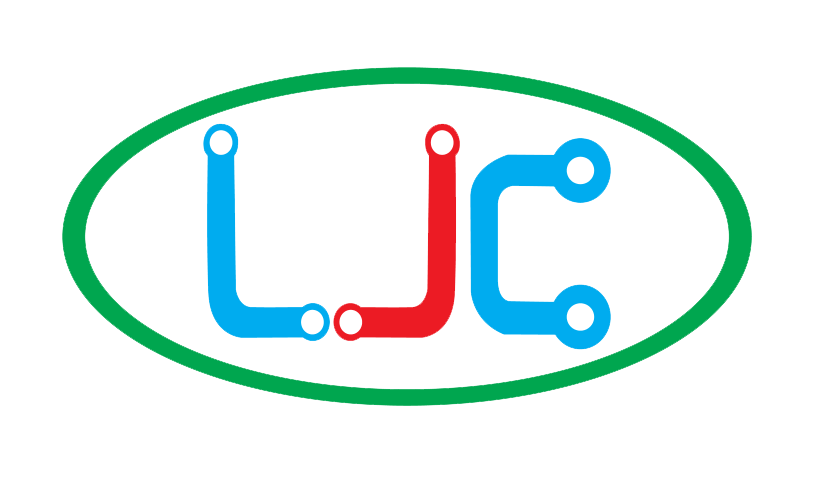What are PCBs? PCB is the abbreviation of Printed Circuit Board. It is a substrate used to support and connect electronic components. A PCB is a flat board made of insulating material on which electronic components are laid out and connected through structures such as conductive tracks, holes, and pads. It is one of the most common components in electronic equipment and is used to build and support electronic circuits.
What are PCBs?

PCB structure
1. Substrate (Substrate): The substrate is the main body of the PCB, usually made of insulating materials, such as glass fiber reinforced epoxy resin (FR-4). It provides mechanical strength and support structure while having good insulating properties.
2. Wires (Traces): Wires are metal tracks on the PCB that are used to connect circuit paths between electronic components. They are usually made of copper foil, formed by processes such as etching or adding plating. Width, spacing and layers of wires can be adjusted according to circuit design requirements.
3. Vias: Vias are through holes connecting different PCB layers. Through the holes, pins such as signal, power and ground wires can be drawn out from one layer of wires and connected to wires of other layers to realize the connection of multi-layer circuits.
4. Pads: Pads are metal areas used to connect the pins of electronic components. They are usually located on the PCB and are used to solder components to ensure a reliable electrical connection.
5. Components: Components are electronic components mounted on PCBs, such as integrated circuits, resistors, capacitors, and connectors. They are laid out on the PCB and connected with the wires and pads of the PCB by soldering or insertion.
The role of PCB
The main role of the PCB is to provide electrical connections and mechanical support between electronic components. It can hold electronic components such as integrated circuits, resistors, capacitors, and connectors, and connect them with wires or rails. The PCB also provides a stable physical support structure, ensuring that electronic components can be safely mounted within it.
The design and manufacture of PCB is an important part of the electronic product development process. Designers use professional circuit design software to draw circuit diagrams, and lay out components and connections according to design requirements. The manufacturer then turns the design into an actual PCB, which involves a series of process steps such as cutting, perforating, etching, adding plating, and more.
Advantages of PCB
Provides a reliable electrical connection between electronic components.
Through multi-layer stacking and design optimization, high-density layouts can be achieved to save space.
Provides structural stability and mechanical support.
Mass production and assembly can be carried out conveniently.
Custom designs can be made according to requirements, suitable for various electronic devices.
In short, PCB is an important basis for the connection and support between electronic components. It is widely used in electronic products in various fields such as computers, mobile phones, televisions, automotive electronics, and medical equipment. It is an indispensable part of the development of modern electronic technology.
 Shenzhen Lianjincheng Precision Manufacturing Co., Ltd.
Shenzhen Lianjincheng Precision Manufacturing Co., Ltd.
